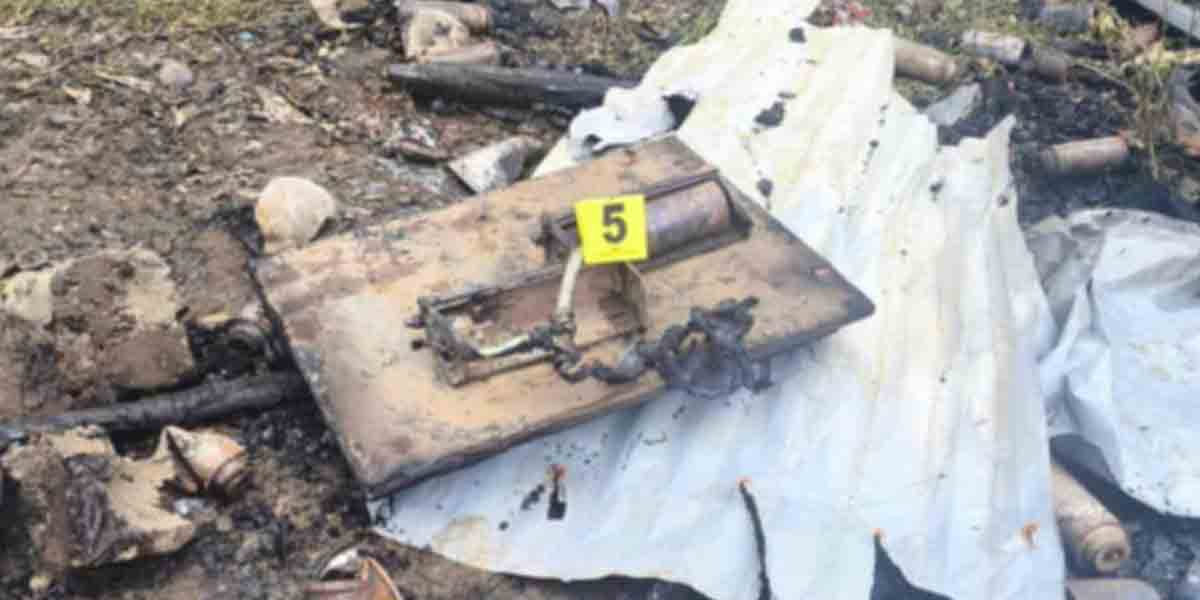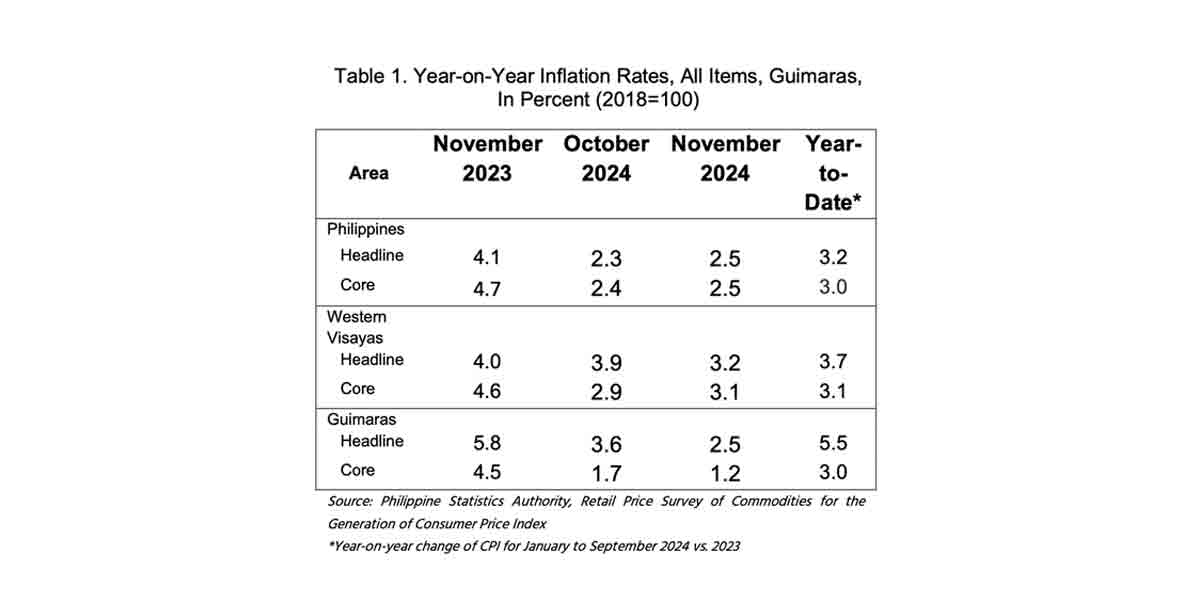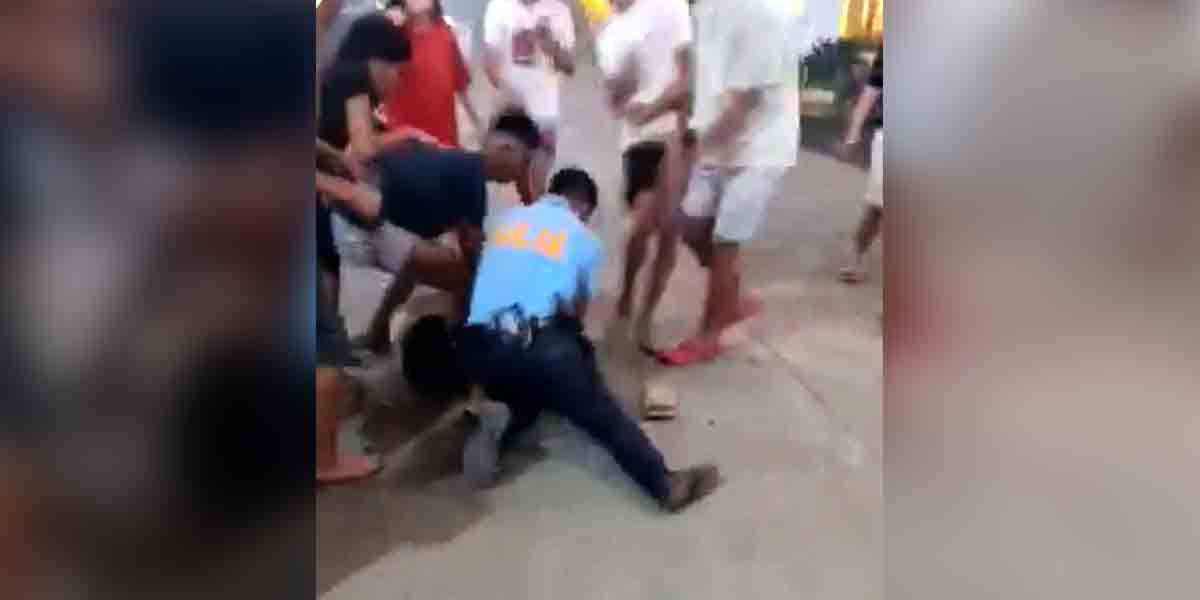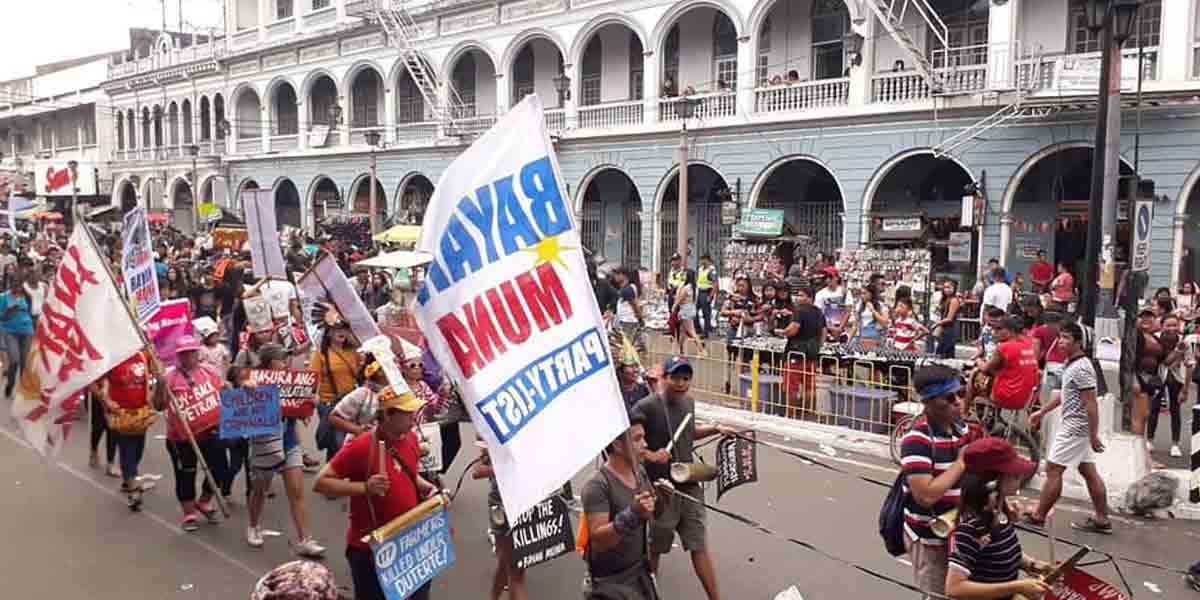 By Atty. Rolex T. Suplico
By Atty. Rolex T. Suplico
In the first day of the oral arguments before the Supreme Court last Feb. 2, 2021, former Integrated Bar of the Philippines National President, who was also Pres. Benigno Aquino’s first Solicitor-General, Atty. Jose Anselmo “Joel” Cadiz, my Sigma Rhoan brod, spoke first and led the attack on the constitutionality of Repubic Act No. 11479, otherwise known as the “Anti-Terrorism Act of 2020”. This law is the government’s principal weapon against terrorism.
Atty. Cadiz cited the case of People of the Philippines, Plaintiff-Appellee, vs. Jerry Sapla y Guerrero a. k. a. Eric Salibad y Mallari, Accused-Appellant, G. R. No. 244045. This was decided on June 16, 2020 by the Supreme Court en banc. The landmark decision was written by Justice Alfredo Benjamin Caguioa. It answered the question: “Can the police conduct a warrantless intrusive search of a vehicle on the sole basis of an unverified tip relayed by an anonymous informant?”
The case started when Sapla was arrested on Jan. 10, 2014. An Information dated Jan. 14, 2014, was then issued, charging him for violating Sec. 5 of Republic Act 9165, otherwise known as the Comprehensive Dangerous Drugs Act of 2002, for possession of “four (4) bricks of marijuana leaves, a dangerous [drug], with a total net weight of 3,9563.111 grams.” He entered a plea of “not guilty”. Thereafter, trial ensued.
The prosecution stated that on Jan. 10, 2014 at around 11:30 am, the police “received a phone call from a concerned citizen, who informed (them) that a certain male individual [would] be transporting marijuana from Kalinga and into the Province of Isabela.” This was followed by another tip at 1pm, stating “that the subject male person who [would] transport marijuana [was] wearing a collared white shirt with green stripes, red ball cap, and [was] carrying a blue sack on board a passenger jeepney, with plate number AYA 270 bound for Roxas, Isabela.” The jeepney was stopped at the checkpoint at 120pm. The police officers “approached the jeepney and saw [accused-appellant Sapla] seated at the rear side of the vehicle. The police officers asked [accused-appellant Sapla] if he [was] the owner of the blue sack in front of him, which the latter answered in the affirmative. The said officers then requested [accused-appellant Sapla] to open the blue sack.” As it contained marijuana, he was then arrested.
The defense presented Sapla as its only witness. He denied the charges against him. He said he was aboard a jeepney on Jan. 10, 2014, which was stopped at a police checkpoint. “The police officers then found marijuana inside a sack and were looking for a person who wore fatigue pants at that time. From the three (3) passengers who wore fatigue pants, the said police officers identified him as the owner of the marijuana found inside the sack.”
Ater due trial, the Regional Trial Court convicted Sapla. Aggrieved, he filed an appeal before the Court of Appeals, which affirmed the RTC’s decision with modifications. The CA held that “although the search and seizure conducted on accused-appellant Sapla was without a search warrant, the same was lawful as it was a valid warrantless search of a moving vehicle. The CA held that the essential requisite of probable cause was present, justifying the warrantless search and seizure.”
Sapla appealed to the Supreme Court, which stated that “the essential issue in the instant case is whether there was a valid search and seizure conducted by the police officers.”
The Supreme Court found the appeal meritorious. It ruled in Sapla’s favor and it “immediately orders his release from incarceration.”
The Court explained that there are instances when reasonable warrantless searches and seizures are allowed, such as:
“(1) warrantless search incidental to a lawful arrest;
(2) seizure of evidence in plain view;
(3) search of a moving vehicle;
(4) consented warrantless search;
(5) customs search;
(6) stop and frisk; and
(7) exigent and emergency circumstances.”
The Court said that Sapla’s case is not search of a moving vehicle, contrary to the findings of the CA, since ”the target of the search conducted was not the passenger jeepney boarded by accused-appellant Sapla nor the cargo or contents of the said vehicle. The target of the search was the person who matched the description given by the” anonymous tipster, “i.e., the person wearing a collared white shirt with green stripes, red ball cap, and carrying a blue sack.”
The Court added that “even if the search conducted can be characterized as a search of a moving vehicle, the operation undertaken by the authorities in the instant case cannot be deemed a valid warrantless search of a moving vehicle.” This is so because “a more extensive and intrusive search that goes beyond a mere visual search of the vehicle necessitates probable cause on the part of the apprehending officers.” Probable cause “means that there is the existence of such facts and circumstances which could lead a reasonably discreet and prudent man to believe that an offense has been committed and that the items, articles or objects sought in connection with said offense or subject to seizure and destruction by law is in the place to be searched: x x x a reasonable ground of suspicion suppllied by circumstances sufficiently strong in themselves to warrant a cautious man’s belief that the person accused is guilty of the offense with which he is charged; or the existence of such facts and circumstances which could lead a reasonably discreet and prudent man to believe that an offense has been committed and that the items, articles or objects sought in connection with said offense or subject to seizure and destruction by law is in the place to be searched. The required probable cause that will justify a warrantless search and seizure is not determined by a fixed formula but is resolved according to the facts of each case.”
The Court held that a tip from an anonymous person cannot supply the required probable cause. “Because of this information, the CA held that there was probable cause on the part of the police to conduct an intrusive search. Does the mere reception of a text message from an anonymous person suffice to create probable cause that enables the authorities to conduct an extensive and intrusive search without a search warrant? The answer is a resounding no. The Court has already held with unequivocal clarity that in situations involving warrantless searches and seizures, “law enforcers cannot act solely on the basis of confidential or tipped information. A tip is still hearsay no matter how reliable it may be. It is not sufficient to constitute probable cause in the absence of any other circumstance that will arouse suspicion.”
The Court concluded that “the glaring absence of probable cause that justifies an intrusive warrantless search, considering that the police officers failed to rely on their personal knowledge and depended solely on an unverified and anonymous tip, the warrantless search conducted on accused-appellant Sapla was an invalid and unlawful search of a moving vehicle.”
The Court added that “the other instances of reasonable warrantless searches and seizures applicable in the instant case” are not applicable. It said that the “search conducted on accused-appellant Sapla was not incidental to a lawful arrest. Such requires a lawful arrest that precedes the search, which is not the case here. Further, the prosecution has not alleged and proven that there was a seizure of evidence in plain view, that it was a customs search, and that there were exigent and emergency circumstances that warranted a warrantless search.
Neither can the search conducted on accused-appellant Sapla be considered a valid stop and frisk search. The Court has explained that stop and frisk searches refer to ‘the act of a police officer to stop a citizen on the street, interrogate him, and pat him for weapon(s) or contraband.’ Thus, the allowable scope of a ‘stop and frisk’ search is limited to a “protective search of outer clothing for weapons.” The search conducted by the authorities on accused-appellant Sapla went beyond a protective search of outer clothing for weapons or contraband.”
The Court also held that it cannot be considered that “the search conducted on accused-appellant Sapla as a valid consented search. The CA found that accused-appellant Sapla “consented to the search in this case and that the illegal drugs – four (4) bricks of marijuana, discovered as a result of consented search [are] admissible in evidence.” The Court disagrees.”
The Court enumerated the requisites for “an effective waiver of rights against unreasonable searches and seizures if the following requisites are present:
- It must appear that the rights exist;
- The person involved had knowledge, actual or constructive, of the existence of such right; and
- Said person had an actual intention to relinquish the right.”
The Court applied these and held that “the totality of the evidence presented convinces the Court that accused-appellant Sapla’s apparent consent to the search conducted by the police was not unequivocal, specific, intelligently given, and unattended by duress or coercion. It cannot be seriously denied that accused-appellant Sapla was subjected to a coercive environment, considering that he was confronted by several armed police officers in a checkpoint.”
Applying the fruit of the poisonous tree doctrine, the Court stated that “the necessary and inescapable consequence of the illegality of the search and seizure conducted by the police in the instant case is the inadmissibility of the drug specimens retrieved,” based on Article III, Section 3(2) of the 1987 Constitution, which states that “any evidence obtained in violation of the right against unreasonable searches and seizures shall be inadmissible for any purpose in any proceeding.”
The Court then unleashed this parting shot:
“The Court fully recognizes the necessity of adopting a resolute and aggressive stance against the menace of illegal drugs. Our Constitution declares that the maintenance of peace and order and the promotion of the general welfare are essential for the enjoyment by all the people of the blessings of democracy. Nevertheless, by sacrificing the sacred and indelible right against unreasonable searches and seizures for expediency’s sake, the very maintenance of peace and order sought after is rendered wholly nugatory. By disregarding basic constitutional rights as a means to curtail the proliferation of illegal drugs, instead of protecting the general welfare, oppositely, the general welfare is viciously assaulted. In other words, when the Constitution is disregarded, the battle waged against illegal drugs becomes a self-defeating and self-destructive enterprise. A battle waged against illegal drugs that tramples on the rights of the people is not a war on drugs; it is a war against the people.The Bill of Rights should never be sacrificed on the altar of convenience. Otherwise, the malevolent mantle of the rule of men dislodges the rule of law.”

























